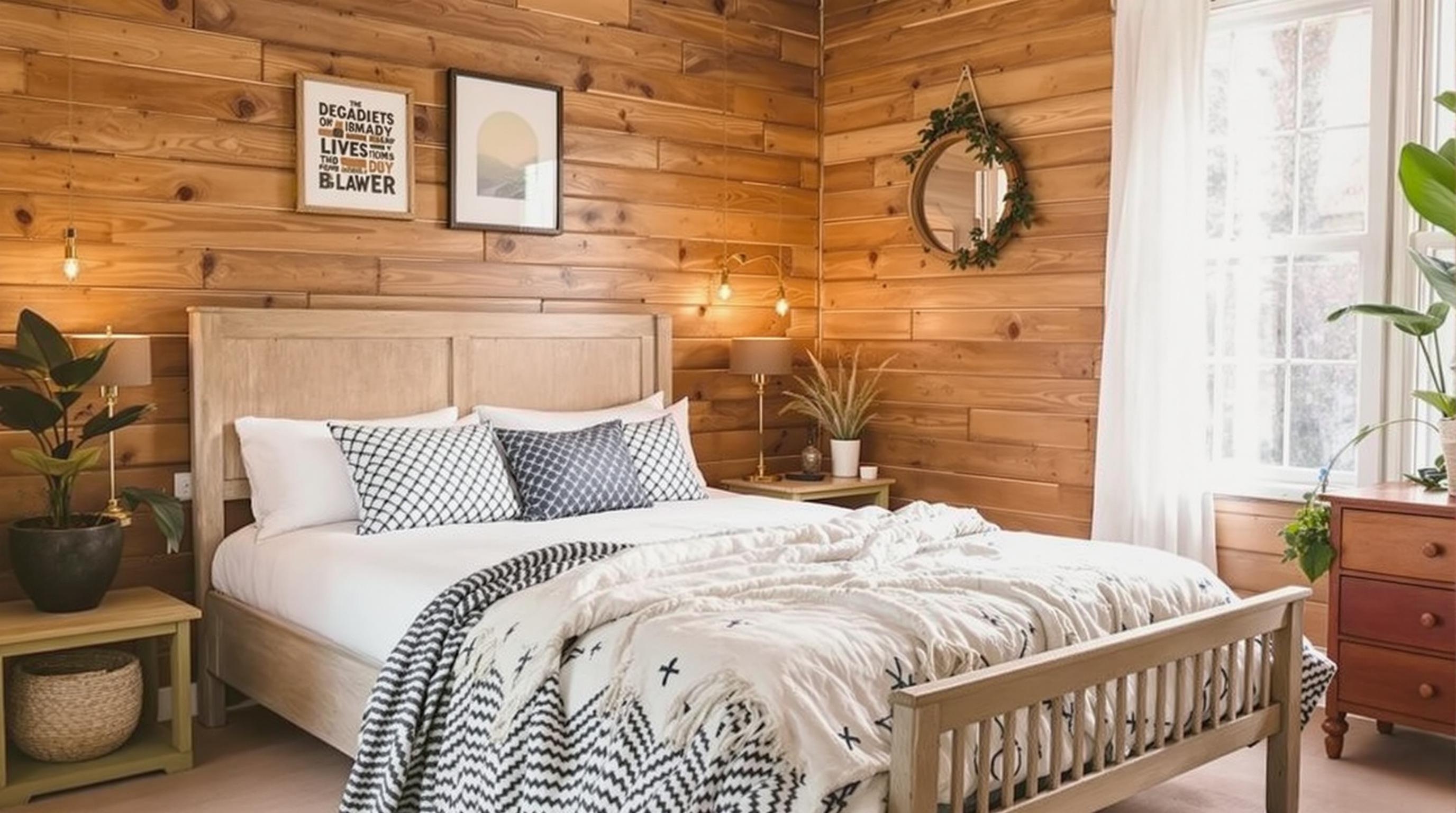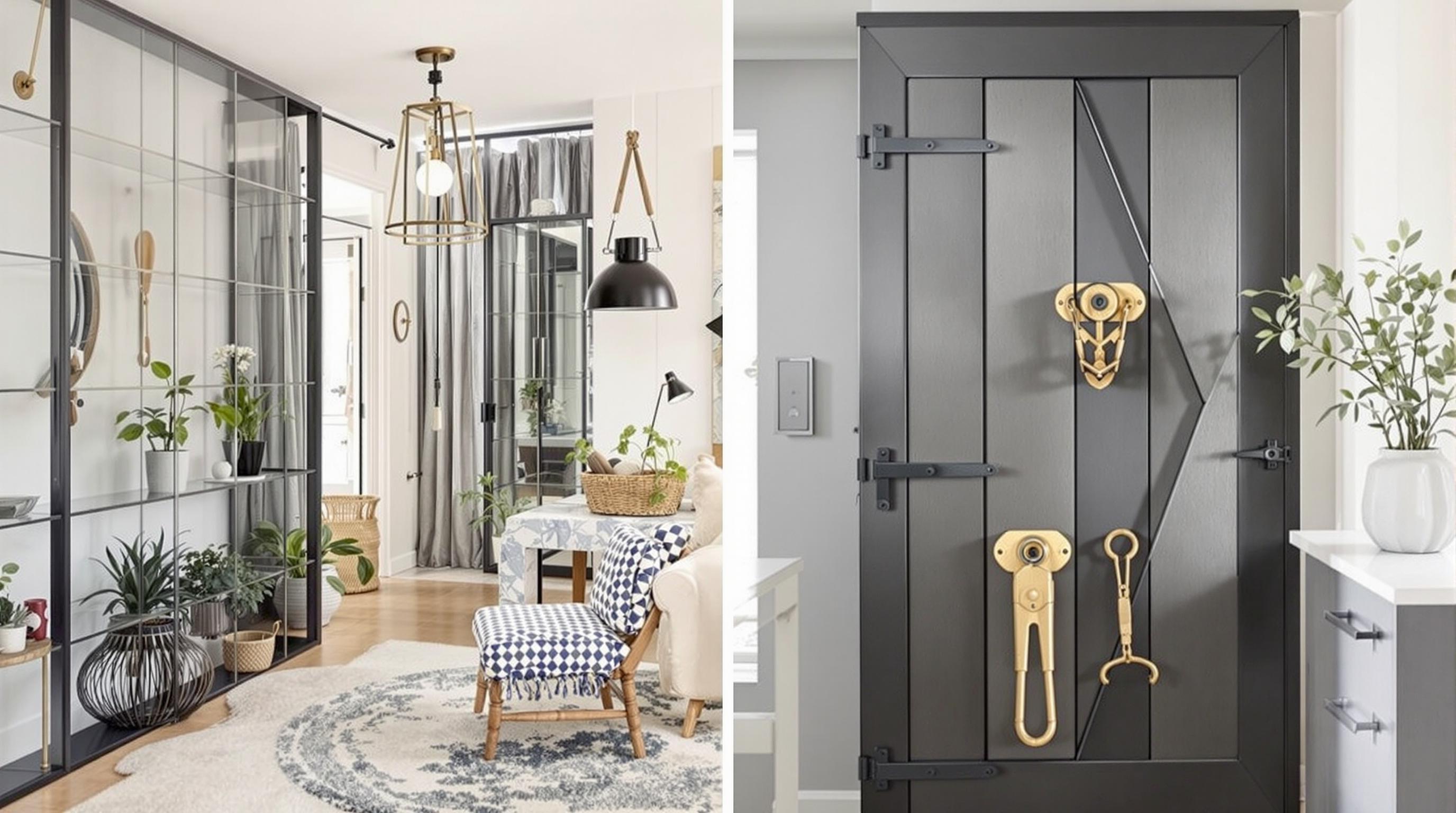Related Articles
- The Hidden Influence of Ergonomics: How Tool Design Shapes Our Physical Spaces and Daily Lives
- The Silent Influence: How Hidden Home Implements Shape Our Daily Routines and Spaces
- The Counterintuitive Role of Chaos: How Messy Tool Storage Can Lead to Unexpected Home Innovations
- Exploring the Unseen: How Audio Experiences Shape the Art of Domestic Spaces and Color Perception
- Rethinking the Mundane: How Everyday Objects are Becoming the Canvas for Modern Artistic Expression in Home Spaces
- Cultivating Chaos: The Surprising Benefits of Embracing Weeds in Your Garden Ecosystem
13 Essential DIY Renovation Hacks to Boost Your Home's Eco-Friendliness and Create Sustainable Living Spaces
13 Essential DIY Renovation Hacks to Boost Your Home's Eco-Friendliness and Create Sustainable Living Spaces
13 Essential DIY Renovation Hacks to Boost Your Home's Eco-Friendliness and Create Sustainable Living Spaces
1. Choose Sustainable Materials
When considering a renovation, opting for sustainable materials is a great first step. Seek out eco-friendly options like bamboo flooring or reclaimed wood. Bamboo is a rapidly renewable resource, and reclaimed wood not only reduces waste but also adds character to your space.
Additionally, using low-VOC (volatile organic compounds) paints and finishes can greatly improve indoor air quality. These eco-friendly alternatives help minimize the harmful emissions commonly associated with traditional products, making your home healthier for you and the environment.
Research shows that building materials contribute significantly to environmental degradation, but choosing sustainable options aids in conserving resources and promoting more environmentally responsible practices (Source: Environmental Protection Agency).
2. Upgrade Your Insulation
Insulation plays a crucial role in maintaining energy efficiency in your home. By upgrading to eco-friendly insulation alternatives like cellulose or sheep’s wool, you can reduce your energy consumption. These materials provide excellent thermal resistance while being less harmful to the environment compared to traditional fiberglass insulation.
Moreover, enhancing your home's insulation can significantly lower heating and cooling costs, making it economically beneficial in the long run. Proper insulation keeps your indoor environment comfortable, reducing the need for excessive energy use.
According to the Department of Energy, proper insulation and air sealing can save homeowners an average of 15% on heating and cooling expenses. This translates to a more sustainable living space that bolsters your eco-friendly initiatives.
3. Repurpose Old Furniture
Instead of tossing out old furniture, consider repurposing or upcycling it. Refinishing an old table or chair can breathe new life into these items while reducing waste. This approach not only enhances your home's decor but also fosters creativity and individuality.
Furthermore, look for innovative ways to turn old furniture into something new and functional. For instance, an old dresser can become a unique sink vanity with a bit of adaptation, showcasing both sustainability and style.
Engaging in repurposing supports the zero-waste movement and reduces the demand for new products, which often require significant resources to produce (Source: The Zero Waste Collective).
4. Install Energy-Efficient Windows
Replacing old windows with energy-efficient models is a smart investment for any home renovation. Double or triple-pane windows contain insulating gas between the panes, effectively trapping heat during winter and keeping it out in summer.
Additionally, energy-efficient windows can help reduce the need for heating and cooling systems to work overtime, thus lowering your carbon footprint. It’s a sustainable solution that pays off in energy savings over time.
The U.S. Department of Energy states that windows account for 25-30% of residential heating and cooling energy use. By upgrading to energy-efficient windows, homeowners can make a substantial impact on energy consumption and greenhouse gas emissions.
5. Embrace Natural Lighting
Maximizing natural light in your home can significantly decrease the need for artificial lighting, thereby saving energy. Consider installing larger windows, skylights, or strategic mirrors to reflect and distribute sunshine throughout your space.
Create open spaces and remove heavy drapes in favor of lighter, translucent fabrics to optimize daylight. This change can create a brighter, uplifting environment while reducing electricity bills.
Research indicates that access to natural light not only reduces energy consumption but also positively influences mood and productivity (Source: Harvard Health Publishing). This simple renovation hack enhances both well-being and eco-friendliness.
6. Utilize Rainwater Harvesting Systems
Integrating a rainwater harvesting system into your home can provide a sustainable water source for gardening and landscaping. Installing rain barrels can capture runoff from your roofs, conserving water and reducing strain on municipal systems.
This system can be easily set up as a DIY project. By collecting rainwater, you can water your garden, wash your car, and even irrigate other landscaping features without relying solely on tap water.
According to the U.S. Geological Survey, rainwater harvesting can reduce water bills and provide a sustainable alternative, especially in areas prone to drought (Source: U.S. Geological Survey).
7. Implement a Composting System
Composting is another essential component of sustainable living. By establishing a compost bin, you can recycle kitchen scraps and yard waste, significantly reducing landfill contributions while creating nutrient-rich soil for gardening.
Start small by composting common materials like fruit and vegetable peels, coffee grounds, and grass clippings. This DIY project promotes a closed-loop system, nurturing a healthy ecosystem while minimizing waste.
Research has shown that composting can decrease the volume of waste sent to landfills by up to 30% (Source: EPA). This small effort can have profound implications for your community and the environment.
8. Create an Energy-Efficient Landscape
Landscaping can significantly impact your home’s energy efficiency. By planting native, drought-resistant plants, you’ll not only create a sustainable garden but also minimize water usage and maintenance costs.
Positioning trees strategically around your property can provide natural shade, helping to keep your home cool during the summer months. This can reduce the reliance on air conditioning systems, leading to lower energy bills.
The National Wildlife Federation suggests that well-planned energy-efficient landscaping can lower energy consumption by up to 25%, promoting a healthier environment for your home and community.
9. Invest in High-Quality Appliances
Upgrading to high-quality, energy-efficient appliances is critical for creating a sustainable home. Look for appliances that are ENERGY STAR certified, which signifies that they meet strict energy efficiency guidelines set by the EPA.
These appliances often consume less energy and water compared to standard models while performing just as well, if not better. Investing in the right appliances can provide significant long-term savings on utility bills.
The Department of Energy reports that ENERGY STAR appliances can lead to savings of over $200 per year in energy costs, making them a key component of eco-friendly renovations (Source: Department of Energy).
10. Use Smart Home Technology
Embracing smart home technology can greatly enhance your home's eco-friendliness. Devices like programmable thermostats and smart lighting systems allow you to monitor and control energy usage more efficiently.
For example, smart thermostats can learn your schedule and adjust heating and cooling to save energy when you are not at home. This technology minimizes energy waste and can significantly reduce your utility bills.
Research shows that smart home technology can help reduce energy consumption by up to 15%, encouraging more sustainable living practices while keeping your home comfortable and convenient (Source: Energy.gov).





